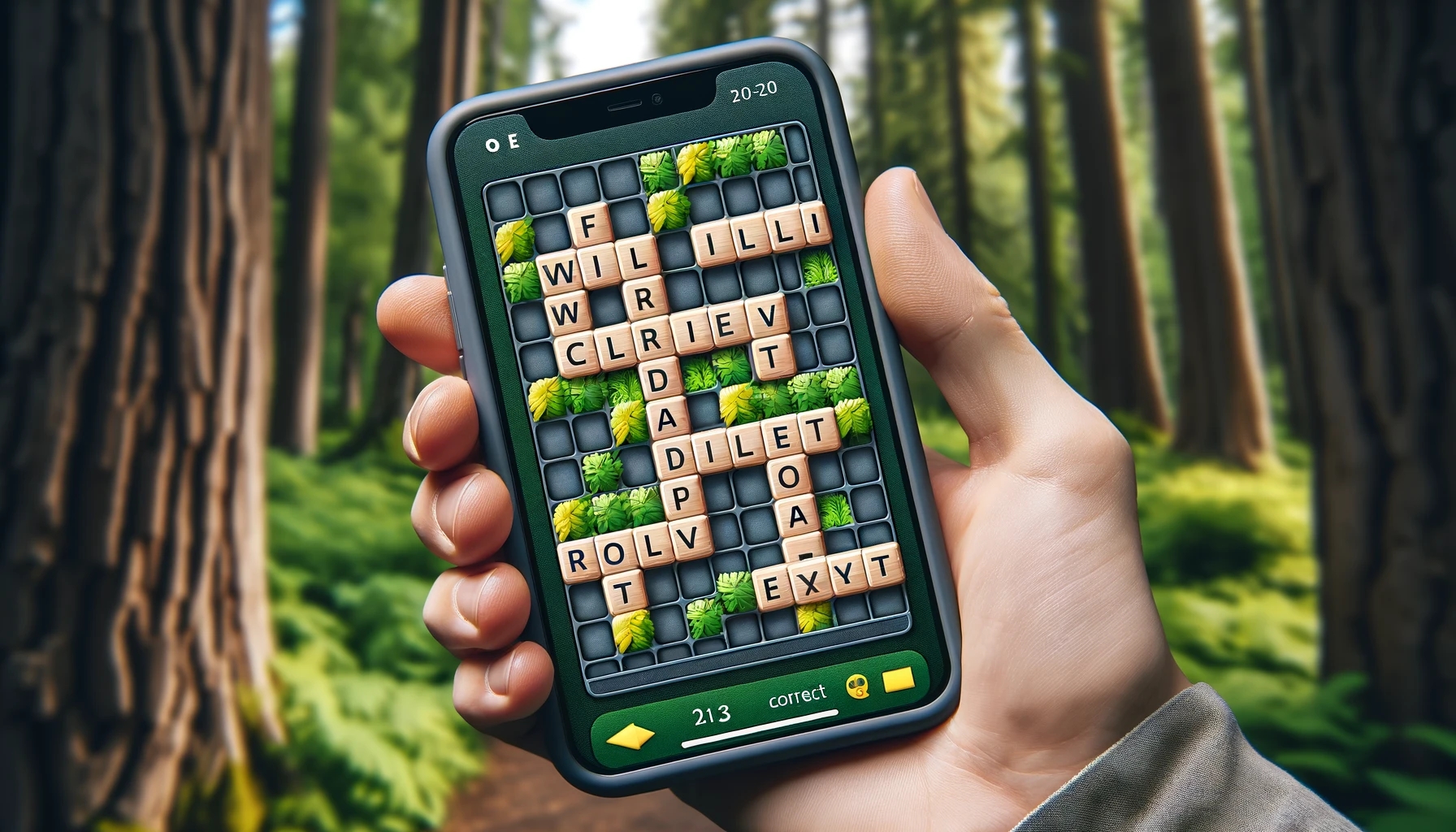The essence of mastering Wordle lies in employing strategic starting words and deciphering the clues provided. Wordle, the popular word puzzle game that tasks players with guessing a five-letter word within six attempts, offers a blend of challenge and enjoyment. The game requires a mix of logic, vocabulary, and sometimes luck to successfully uncover the word of the day. The puzzle from April 14, designated as puzzle 1030, had players contend with a word that was finally revealed to be “BLIMP,” a distinct term referring to a large gas-filled aircraft, now primarily used for advertising purposes.
Wordle’s rise in popularity has been marked by a consistent pattern of engaging players with its straightforward yet captivating gameplay. Before being acquired by the New York Times, the game experienced a surge in popularity, with numerous players sharing their results daily on social media. The game’s history reflects a trajectory from a personal project to a cultural phenomenon, encouraging the emergence of many similar puzzle games and becoming a part of the daily routine for countless enthusiasts.
A Hint for Today’s Challenge?
Hints for the Wordle puzzle often hint at the word’s usage or characteristics. In the case of puzzle 1030, players were nudged towards thinking of words related to large, non-rigid airships. With no repeating letters, the word “BLIMP” stood as a distinct answer, evoking images of the sky-bound vessels of yesteryear, now mostly relegated to advertising in the skies. Notably, the absence of double letters was a critical clue in driving players towards the correct solution.
Strategies to Excel in Wordle?
Success in Wordle can be bolstered by beginning with words that strike a balance between vowels and consonants, avoiding previously eliminated letters, and considering that the same letter might appear more than once in the answer. A study published in the Journal of Problem Solving titled “Optimal Starting Words for Wordle” delves into the strategy behind choosing the best initial guess. The research highlights the importance of selecting starting words that cover a broad range of commonly used letters, providing a solid foundation for subsequent guesses. This approach resonates with the tips provided for puzzle 1030, emphasizing the importance of strategic word choice.
What Was Today’s Wordle Answer?
Puzzle 1030’s solution, “BLIMP,” might have struck some players as less intuitive, demonstrating the game’s ability to challenge even seasoned players. The answer, revealed without spoilers, exemplified Wordle’s unpredictability and the need for a vast vocabulary and sharp deduction skills. Earlier Wordle answers, such as “STEEL,” “WHINY,” and “LOUSE,” can serve as references for future guesses, as the game’s algorithm avoids repeating past solutions.
Helpful Points:
- Begin with a word rich in commonly used letters.
- Avoid using letters already confirmed as incorrect.
- Remember that the game’s algorithm prevents solution repetition.
The intriguing challenge of Wordle lies in the delicate dance of logic and vocabulary. With each new puzzle, players are given a canvas of blank tiles to transform into a tableau of triumph. Puzzle 1030, with its unique answer “BLIMP,” showcased the game’s ability to incorporate both common and uncommon words, broadening the player’s lexicon and critical thinking skills. As with any puzzle, past Wordle solutions shed light on probable letter combinations and offer insights into effective strategies. To excel in Wordle, players might consider starting with words like “ARISE” to optimize the variety of letters and minimize the risk of duplicates. With each guess, the puzzle slowly unfolds, revealing the intricacies of the English language one letter at a time.










